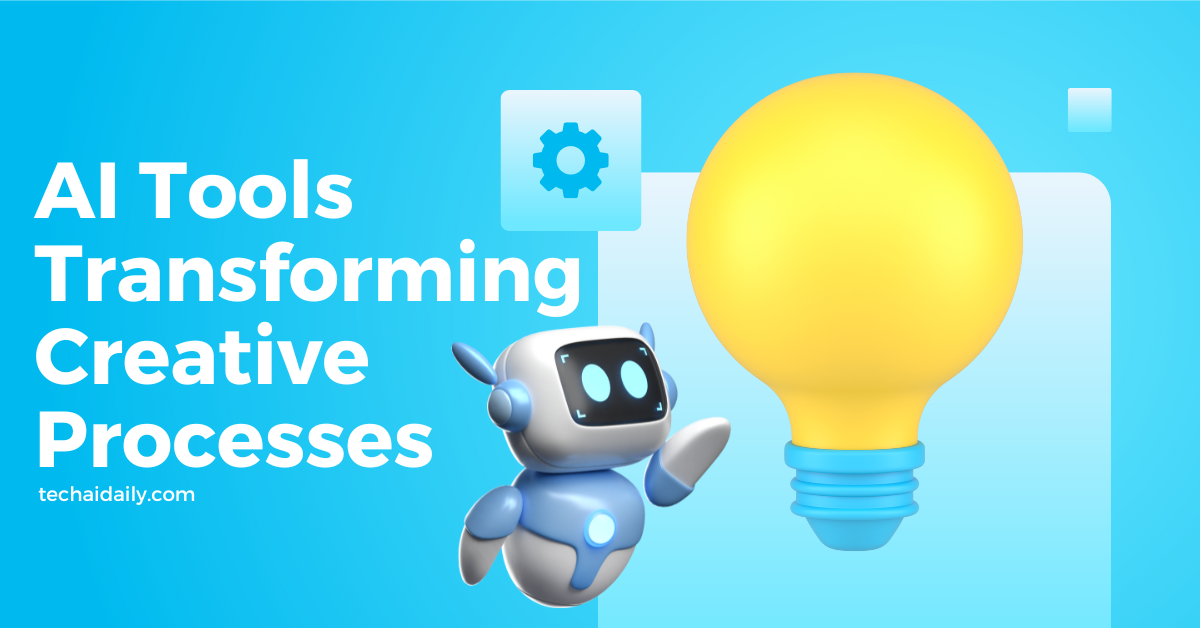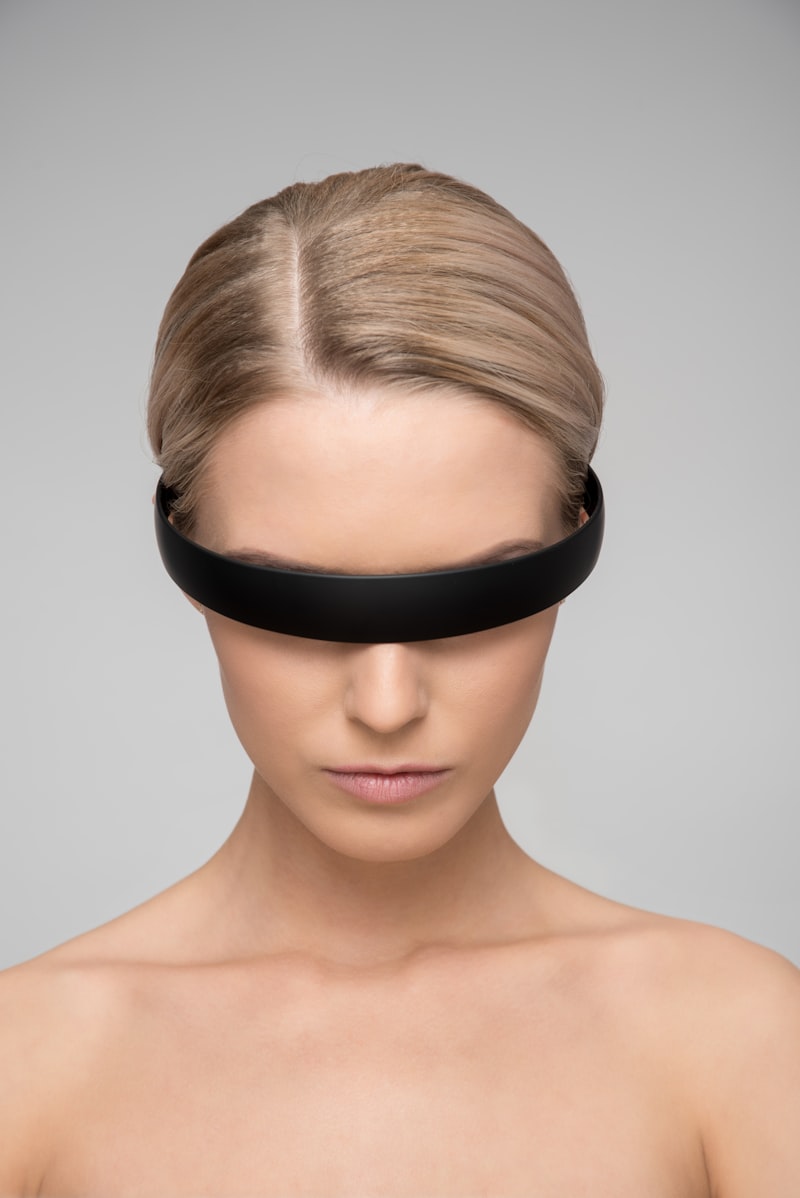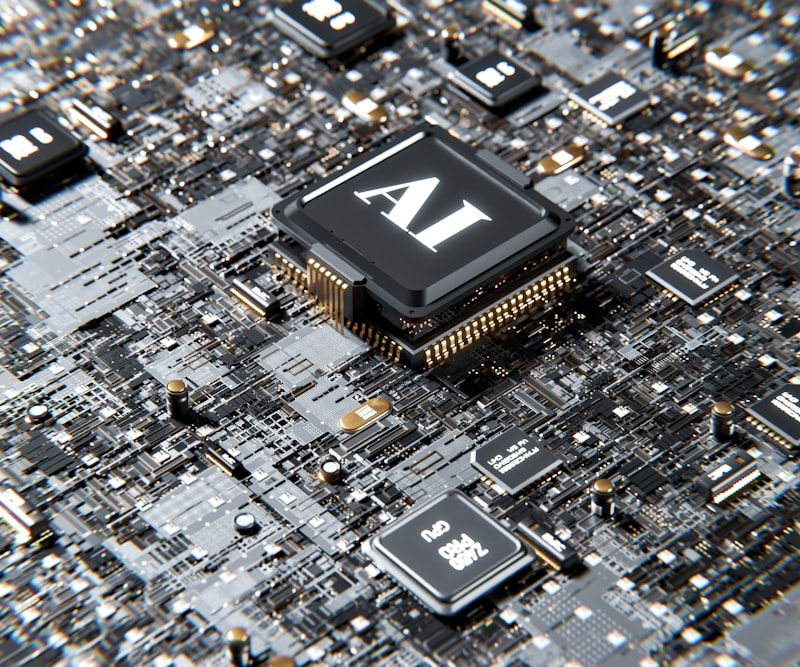How Is AI Enhancing Human Creativity and Innovation?
Moreover, AI has the remarkable ability to simulate human-like creativity. Through advanced algorithms, AI can compose music, write poetry, and even create visual art. It doesn’t replace human creativity but extends the boundaries of what’s possible. For instance, AI-driven tools can generate design variations based on input criteria, providing designers with inspiration and novel starting points for their projects.
Innovation, fueled by AI, is another game-changer. AI excels at optimization and problem-solving. Whether it’s streamlining business processes or revolutionizing healthcare diagnostics, AI is at the forefront of driving efficiency and breakthroughs. By automating routine tasks, AI allows humans to focus on higher-level thinking and innovation-driven activities.
But how does AI maintain this creative edge? It learns from experience. Machine learning algorithms improve over time, adapting to feedback and becoming more adept at understanding human preferences and behaviors. This iterative process leads to continuous improvement and more sophisticated creative outputs.
In essence, AI isn’t just a tool; it’s a partner in creativity. It challenges us to think differently, explore new possibilities, and push the boundaries of what we thought achievable. As AI continues to evolve, so too will its impact on human creativity and innovation, shaping a future where the collaboration between man and machine leads to unprecedented advancements and discoveries.
Unleashing Imagination: AI Tools Transforming Creative Processes

One of the most exciting aspects of AI in creativity is its ability to generate and refine ideas swiftly. Imagine having a virtual assistant that can brainstorm endless concepts based on your input, helping you explore different angles and perspectives effortlessly. Whether you’re a visual artist looking for inspiration or a writer stuck on a plot twist, AI tools can provide that spark of creativity to propel your work forward.
Moreover, AI enhances the creative process by offering advanced tools for design and composition. For instance, graphic designers can leverage AI-powered software to generate stunning visuals or logos in a fraction of the time it would take manually. These tools analyze trends, user preferences, and even cultural nuances to create designs that resonate deeply with audiences.
In the realm of music and entertainment, AI has also made significant strides. Musicians and composers can use AI algorithms to generate melodies, harmonies, and even entire songs based on their preferences. This not only speeds up the composition process but also opens doors to new genres and styles that may not have been explored otherwise.
Furthermore, AI tools are democratizing creativity by making sophisticated tools accessible to everyone, regardless of their technical expertise. Whether you’re a seasoned professional or an aspiring artist, AI platforms are designed to be intuitive and user-friendly, allowing anyone to unleash their imagination and bring their ideas to life.
From Algorithms to Art: AI’s Role in Redefining Creative Boundaries
AI’s foray into the arts isn’t merely a novelty; it’s a seismic shift. Algorithms trained on vast datasets can now generate art that captivates and challenges human perception. Whether it’s generating unique pieces based on historical styles or creating entirely new forms, AI is pushing the envelope of what we define as creativity.
Take, for example, the painting “Edmond de Belamy” by the AI collective Obvious. This artwork, created using a Generative Adversarial Network (GAN), fetched $432,500 at auction, stunning the art world with its fusion of algorithmic prowess and artistic expression. It begs the question: can machines truly create art, or are they merely mimicking human ingenuity?
Beyond visual arts, AI is making waves in music composition. Algorithms can now analyze vast musical databases to compose pieces that resonate emotionally with listeners. From generating melodies to orchestrating entire compositions, AI composers like AIVA and Amper Music are proving that creativity knows no bounds when paired with machine learning.
The impact of AI extends beyond individual artworks. It challenges us to rethink the creative process itself. With AI handling repetitive tasks and suggesting novel ideas, human artists are free to explore deeper conceptual realms and push their creativity further than ever before.
Innovation Accelerated: How AI Sparks New Ideas Across Industries
Have you ever wondered how Artificial Intelligence (AI) is transforming industries at lightning speed? AI isn’t just a buzzword anymore; it’s the ultimate game-changer in today’s tech-driven world. From healthcare to finance, and from retail to transportation, AI is igniting a revolution of ideas and possibilities.
In healthcare, AI isn’t just helping doctors diagnose diseases more accurately; it’s like having an entire team of specialists analyzing data in seconds flat. Imagine AI algorithms sifting through millions of medical records to predict patient outcomes or suggesting personalized treatment plans based on genetic profiles. It’s not science fiction anymore; it’s the reality reshaping our healthcare landscape.
In finance, AI algorithms are crunching numbers faster than ever, predicting market trends with uncanny accuracy. It’s not just about making more money; it’s about making smarter decisions that can ripple through global economies. AI-powered trading platforms analyze vast amounts of data, spotting opportunities and risks in real-time, giving traders an edge in volatile markets.

And let’s not forget transportation. Self-driving cars may seem like a futuristic concept, but AI is making them a reality faster than you think. Imagine a world where accidents are drastically reduced because vehicles can communicate with each other and predict potential hazards ahead. AI isn’t just driving innovation; it’s steering us toward a safer and more efficient future on the roads.
Breaking Barriers: AI-driven Insights Revolutionizing Design Thinking
In the realm of design, AI acts as a catalyst, enabling designers to delve deeper into data and trends than ever before. It’s like having a supercharged assistant who not only understands your creative vision but also brings a wealth of knowledge from analyzing vast amounts of information in seconds. This isn’t science fiction anymore; it’s the reality reshaping industries.
AI-driven insights provide designers with a panoramic view of consumer behavior, preferences, and emerging trends. By processing immense datasets with lightning speed, AI uncovers patterns that human analysis might overlook. This means designers can make informed decisions backed by solid data, minimizing guesswork and maximizing impact.
Consider this: traditional design processes often rely on intuition and past experiences, which are valuable but limited. AI, on the other hand, augments these capabilities by predicting future trends based on historical data and real-time inputs. It’s akin to having a crystal ball that forecasts what consumers will love even before they realize it themselves.
Moreover, AI doesn’t just stop at predicting trends; it optimizes the entire design process. From ideation to execution, AI tools streamline workflows, suggesting improvements and alternatives that enhance creativity and efficiency. Designers can iterate rapidly, test multiple concepts, and refine designs with precision, ultimately delivering superior outcomes in less time.
In essence, AI-driven insights are democratizing design thinking. They’re breaking down barriers by making advanced analytics and trend forecasting accessible to designers of all backgrounds. Whether you’re designing a website, a product, or a marketing campaign, AI empowers you to push boundaries and create experiences that resonate deeply with your audience.
As we embrace this technological revolution, one thing is clear: AI isn’t replacing human creativity; it’s amplifying it. By harnessing the power of AI-driven insights, designers can unlock new realms of imagination and innovation, shaping a future where design is smarter, more intuitive, and more impactful than ever before.
Collaboration Redefined: Humans and AI Co-creating Tomorrow’s Innovations
Imagine a world where human creativity meets the precision of artificial intelligence, forging a new frontier of innovation. This dynamic collaboration between humans and AI is not just a concept of the future but a reality shaping industries today. From healthcare to finance, from art to engineering, the synergy between human ingenuity and AI capabilities is reshaping how we approach problems and create solutions.
In this new era, AI serves as a powerful ally, augmenting human potential rather than replacing it. It brings to the table unparalleled data processing capabilities and pattern recognition skills, allowing for rapid analysis and insights generation. Meanwhile, human creativity and intuition remain irreplaceable, bringing context, empathy, and nuanced understanding to complex challenges.
One compelling aspect of this collaboration is its impact on innovation cycles. AI accelerates the pace of experimentation and iteration, allowing teams to test hypotheses and refine ideas faster than ever before. This speed is crucial in fields like drug discovery, where time-sensitive decisions can mean the difference between life and death.
Moreover, AI acts as a catalyst for creativity, pushing human thinkers to explore new possibilities and unconventional approaches. It doesn’t just streamline processes; it inspires breakthroughs by offering new perspectives and uncovering hidden patterns within vast datasets that human minds alone might overlook.

Beyond Prediction: AI’s Surprising Impact on Unleashing Human Creativity
One of the most surprising impacts of AI has been its ability to inspire and augment human creativity. Traditionally, creativity was seen as a uniquely human trait, something that couldn’t be replicated or surpassed by machines. However, AI has proven otherwise. By analyzing vast amounts of data, recognizing patterns, and generating novel ideas, AI has unlocked new realms of creativity.
Think about it this way: AI acts like a turbocharger for human imagination. It takes raw data and processes it at lightning speed, offering insights and suggestions that humans might never have considered. This partnership between AI and human creativity isn’t about replacing artists or writers; it’s about empowering them to reach new heights. For example, AI algorithms can analyze thousands of paintings to generate new styles or analyze millions of songs to create original compositions.
Moreover, AI tools are democratizing creativity. They’re making sophisticated tools accessible to everyone, regardless of their background or expertise. From designing logos to composing music, AI-driven platforms are lowering the barriers to entry and allowing more people to express themselves artistically.
But it’s not just about the end product. AI is also transforming the creative process itself. By automating routine tasks and offering real-time feedback, AI frees up artists and creators to focus on the big picture. It allows them to experiment more, take risks, and push boundaries without the fear of failure.
The impact of AI on human creativity goes beyond mere prediction. It’s about harnessing the potential of technology to amplify our innate abilities and explore new frontiers of expression. As AI continues to evolve, so too will its role in unleashing human creativity, leading to a future where innovation knows no bounds.
